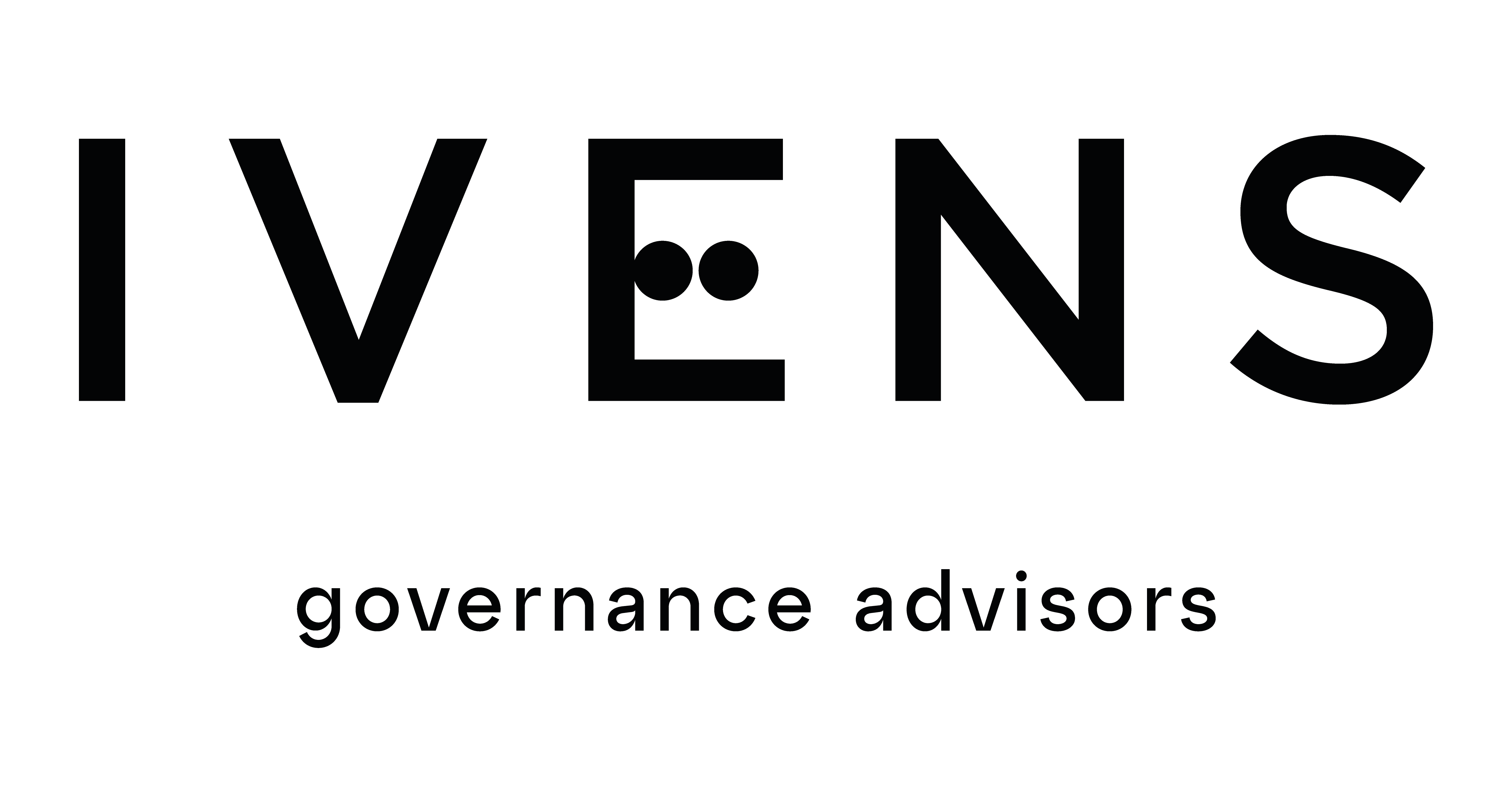Board Committees: Structure, Function, and Impact on Good Governance
Board Committees are central pillars in the governance structure of any modern organization. By specializing in critical areas, these committees enable deeper oversight, more informed decision-making, and greater efficiency in strategic management. In this article, we present a comprehensive view of the role, structure, and best practices of Board Committees, as well as their real impact on performance and institutional integrity.
What Board Committees Are
Board Committees are groups of directors or invited experts dedicated to specific areas of oversight and decision-making. Their purpose is to make the best use of the technical knowledge, experience, and specialized skills of each board member by distributing the board’s overall workload into more specific and operational areas. This allows the Board to focus on strategic issues, while the committees address, in depth, topics such as Audit, Remuneration, Risk, or Nominations.
Role and Purpose of Committees
Committees act as operational extensions of the Board, ensuring that key areas of risk, strategy, and compliance receive the necessary attention. Delegating responsibilities to smaller, specialized groups allows for:
- Deeper and faster analysis of complex issues;
- Better-informed decisions;
- Increased accountability and transparency;
- Alignment between strategic objectives and board oversight.
Importance of Committees
The presence of effective committees is one of the defining features of mature and responsible governance. They ensure better use of time and resources, reinforce vigilance over risk and internal control, and enable more rigorous evaluation of critical topics. Moreover, by clarifying roles and responsibilities, they promote clear accountability and prevent gaps in oversight.
Types of Committees and Responsibilities
While composition varies according to an organization’s size and sector, certain committees are considered essential:
- Audit Committee – Oversees the reliability of financial reporting, the internal control system, and the independence of external auditors. It is the main guarantor of the company’s financial integrity;
- Remuneration Committee – Defines or recommends remuneration policies and compensation packages for directors and senior management, balancing performance, merit, and fairness;
- Nominations and Governance Committee – Responsible for identifying, selecting, and evaluating board candidates, ensuring a composition aligned with the organization’s strategy and values;
- Investment Committee – Manages and oversees investment policy, ensuring alignment with strategic goals and prudent resource management;
- Executive Committee – Acts in urgent situations, ensuring continuity of decision-making when the full board cannot meet;
- Risk or Cyber-Risk Committee – Focuses on identifying, mitigating, and monitoring risks, including technological and cybersecurity threats.
In recent years, new thematic committees have emerged, reflecting shifts in the business and social landscape. These include Sustainability or ESG (Environmental, Social, and Governance) Committees, which ensure compliance with environmental and social commitments, and Technology and Innovation Committees, which oversee digital transformation and the ethical use of data and artificial intelligence.
Other organizations have created Ethics and Culture Committees, responsible for promoting responsible behavior and ensuring consistency between values and practices. These emerging structures represent the natural evolution of the board’s functions in response to contemporary challenges.
Committee Structure
Committees may take different forms depending on their purpose:
- Standing Committees – Permanent structures such as audit or remuneration committees;
- Ad hoc Committees – Created for temporary matters such as mergers, acquisitions, or special projects;
- Task Forces – Short-term teams with a specific mandate;
- Advisory Committees – Non-decision-making bodies that provide technical or strategic advice.
Creating a Board Committee
The creation of a board committee follows a structured process:
- Identification of governance priorities and areas requiring specialized oversight;
- Definition of scope and drafting of an internal charter outlining duties, powers, and responsibilities;
- Appointment of members based on experience, availability, and diversity of perspectives;
- Establishment of operational rules – meeting frequency, communication, and reporting to the board;
- Periodic evaluation of the committee’s performance and relevance.
In Portugal, the CMVM’s Corporate Governance Code and the OECD’s recommendations provide key principles on composition, independence, and functioning of committees. These frameworks emphasize transparency, member rotation, and regular evaluation of effectiveness. In addition, the Portuguese Institute of Corporate Governance (IPCG) has contributed to strengthening best practices, particularly by reinforcing the autonomy of audit committees and promoting specialized committees on sustainability and ethics. This framework helps organizations align their governance structures with international standards.
Benefits of a Clear Structure
A well-defined committee structure enhances efficiency by distributing work among specialized areas, ensuring rational use of board time, strengthening both individual and collective accountability, and promoting deeper and continuous oversight. It also reduces silos, as directors who serve on multiple committees help facilitate information sharing.
Selection of Committee Members
The effectiveness of committees depends on having the right composition. The selection process should balance:
- Technical expertise and relevant experience, often mapped through competency matrices;
- Genuine interest and time availability for active engagement;
- Diversity of gender, age, background, and thought, which enriches discussions and prevents decision-making homogeneity;
- Careful choice of the Committee Chair, with strong leadership and facilitation skills;
- Rotation mechanisms and term limits, bringing fresh perspectives and avoiding stagnation.
Integration and Training of Members
New members should undergo an onboarding process that includes training on the organization’s mission, governance model, main risks, and board culture.
Continuous development is equally recommended, especially in fast-evolving areas such as technology, finance, and regulation.
A critical but often underestimated aspect is coordination among committees and between committees and the full board. Lack of articulation can lead to redundancies or gaps in oversight. For instance, topics such as risk, audit, and sustainability are frequently interrelated and require a cross-cutting approach. International best practices suggest occasional joint meetings, shared agendas, and integrated reports to promote coherence and a holistic view.
Interaction and Reporting Between the Board and Committees
Committees report periodically to the Board through minutes, reports, and structured presentations. Good practices include using standardized reporting templates, shared agendas, and transparent communication of risks and decisions.
Beyond routine activities, it is essential that committees conduct annual self-evaluations. These assessments measure the effectiveness of operations, the quality of discussions, the adequacy of composition, and the clarity of roles. The process may include confidential questionnaires, interviews with the Chair, and benchmarking against peer organizations. The results should lead to concrete improvement plans and, when necessary, adjustments to composition or scope. This culture of continuous evaluation is a hallmark of institutional maturity.
Best Practices for Effective Committees
- Clearly define mandate and authority limits;
- Ensure member independence, particularly in financial and audit areas;
- Strengthen continuous training and annual self-assessment;
- Promote coordination among committees;
- Use digital governance platforms for documentation, communication, and decision tracking.
Real Impact of Effective Committees
Active, well-led, and transparent committees contribute to stronger decision-making, more robust risk management, and greater stakeholder confidence. Ultimately, their existence translates into organizations that are more ethical, resilient, and aligned with international best practices in governance.
The Role of Governance Platforms
Digital governance tools simplify communication between the Board and its committees, ensure document security, and strengthen decision traceability. In an environment of increasing transparency requirements, these platforms are essential allies for efficiency and trust in the decision-making process.
Board Committees are far more than administrative structures: they are fundamental instruments of modern, informed, and effective governance. When well designed and composed, they raise the level of scrutiny, foster a culture of accountability, and ensure that the Board fulfills its fiduciary mission with rigor and vision.


